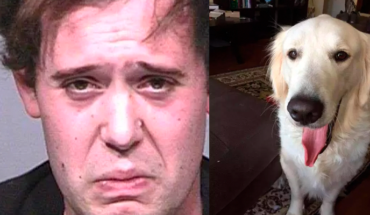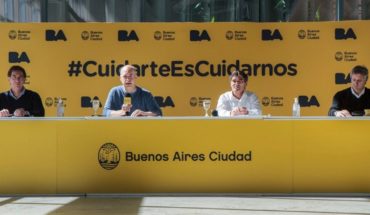
Today, the pandemic has strained the different areas of our lives, especially teaching work. No one was prepared to face virtuality education, which has demanded significant efforts in the search for various strategies to ensure quality education for our students.
For many of us as teachers, the vocation began in childhood, inspired by a teacher who marked us, or by the influence of parents or family teachers. In others, the mere experience of teaching someone has allowed them to discover certain hidden skills that come to light as they teach, considering it a transformative action of education. But this vocation is also built in teaching practice. Indeed, many of the teachers who currently hold classes in the school system have in practice discovered their vocation, which without pedagogical and didactic training, have dedicated the therself to teaching.
Here opens up a problem of our school system; not only is this vocation relevant as a hopeable one, but it is necessary to develop certain competences for that, which is possible when training in pedagogy, so as to learn to teach, in any of the different discipline areas. This is one of the key elements of improvement in education, as noted in the McKinsey Report [1]: “The quality of an educational system is based on the quality of its teachers”. In this report, there are at least two points that are identified as important: improving teacher selection for pedagogy studies and improving teacher status through pay improvements.
In addition, he explains that his training should be improved not only in his early years of study, but also in continuous training. Some of these elements have been considered in the current Teaching Career Act, when applying selectivity criteria to enter pedagogy programs, diagnostic evaluations for future teachers, increasing the proportion of non-teaching hours to school. In addition to the demanding accreditation processes of pedagogy careers, which allow to monitor the standards of initial teaching training. This has led to the closure of pedagogy careers in professional institutes and universities, which has had an impact as one of the causes of the shortage of teachers in our education system.
In a 2019 Elect Educate study, it was projected that by 2025 32,000 teachers will be missing with the required training across the country, meaning that 15% of all working teachers will be professionals without pedagogical training or discipline.
The question therefore arises: how to avoid the shortage of teachers with the required training? One of the possible measures is to incentivize professionals with “late vocation”, by activating funding for graduates from other discipline areas in curriculum programs that provides the opportunity for pedagogical and didactic training, such as the Type III Teacher Vocation Scholarship.
Given the above and in the context of the Type III Teacher Vocation Scholarship, awarded to professionals with a degree, it is important to realize that the initial training of teachers for middle education, both nationally and internationally, is based on two training models, called concurrent and consecutive.
The concurrent model is a professional, theoretical and practical training that takes place simultaneously in 8 or 10 semesters. For their part, the consecutive model consists of a university training in a particular field where he obtains a bachelor’s degree or a professional degree in an area other than pedagogy, and they immediately take a specific training for pedagogy and didactics of the discipline that lasts from two to four semesters. The latter model is also often referred to as the study process.
On the other hand, research in teacher and teacher training, as the literature review points out, is scarce, even more so in teacher training based on the consecutive model. At Alberto Hurtado University, research is currently under way in which research is carried out on the disciplinary and teaching knowledge of teachers graduated from a concurrent program (career in Pedagogy in Mathematics) and teachers graduated from a consecutive program (Pedagogy for Professionals).
The research was a case study where, through interviews and analysis of viclasses compare the knowledge types of seven teachers, four of them trained in the consecutive model and three trained in a concurrent model. These teachers taught in educational establishments with three years of experience. The results of the study, which was also exploratory in nature, reveal that there are coincidences and differences in knowledge types. They agree on the depth of mathematical knowledge that teachers have to teach mathematical content in the classroom and that such content must be transformed to be taught. Differences are evident in the didactic knowledge of mathematics.
While this is a first exploratory study in the area of initial training of math teachers in our country, the results of the research become an antecedent that allows the careers of pedagogy in mathematics and pedagogy for professionals of our university, to rethink the curriculum of those careers in the light of international research and also local research.
Finally, it seems to us a great success to grant a scholarship vocation as a teacher for those professionals who hold classes in the classroom and who have a degree or a professional degree related to the discipline they teach, since they need a teaching background that allows them to select better strategies for their students to learn according to the needs of the 21st century, focused on the development of skills.
[1] http://educacion2020.cl/documentos/informe-mckinsey-como-hicieron-los-sistemas-educativos-con-mejor-desempeno-del-mundo-para-alcanzar-sus-objetivos/
The content poured into this opinion column is the sole responsibility of its author, and does not necessarily reflect the editorial line or position of El Mostrador.





